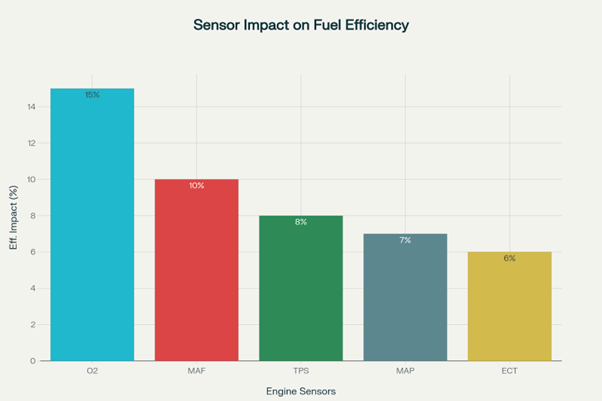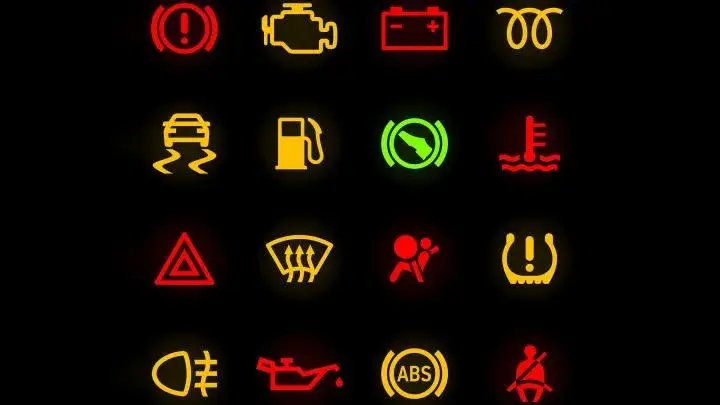How to Install a Used Engine (Step-by-Step Guide for Drivers & DIY Owners)
- Adam Smith
- Sep 10
- 5 min read
If your car’s engine has failed, you’re probably staring at one of the most expensive repairs any driver can face. Replacing an engine with a brand new engine can cost anywhere from $6,500 to $15,000 or more, depending on the make and model. That’s often more than the vehicle is worth leaving you to wonder: “Is my car even worth saving?”
Here’s the good news, installing a used engine can be a smart, affordable solution. Instead of scrapping your car or Spending more money at the dealership, a well-tested used engine can put your vehicle back on the road for thousand of dollars less.

At Blue Prism Automotive, based in Texas, we specialize in Selling OEM-grade used engines that are thoroughly inspected, compression tested, and backed by warranties for parts. We ship nationwide with our distribution network spread across the nation with Prime States like Florida, California, Pennsylvania many more. so whether you’re a DIY owner tackling the project in your garage or a driver working with a local mechanic, you’ll have access to engines that you can trust.
This guide will walk you through how to install a used engine step by step, what to replace during the swap, common mistakes to avoid, and how Blue Prism Automotive helps ensure your engine swap goes smoothly.
Why Installing a Used Engine Makes Sense
Cost Savings That Actually Make Sense
A new OEM engine can cost more than your car is worth. Even remanufactured engines are expensive and they often come as a long block meaning you’ll still need to transfer or purchase additional components
. A tested used engine assembly from Blue Prism Automotive, on the other hand, typically costs 40–60% less than new and often comes with essential accessories already installed such as intake manifolds, timing cover, oil pans, injectors, sensors, and sometimes even wiring
This can save you hundreds of dollars in extra parts and labor because you’re not starting from scratch. It also reduces installation time, since many of the critical components are already bolted to the engine. That means you can keep your car running for years without wrecking your budget and without the trouble of piecing everything together like you would with a new or remanufactured
Reliability You Can Trust
When purchased from the right source, a used engine is not just a “junkyard gamble.” At Blue Prism Automotive, every engine goes through a strict testing and certification process before it reaches you. Here’s what that means in plain language:
1. Compression Testing – Ensuring Strong Cylinder Pressure
Think of compression like the “heartbeat” of your engine. If the cylinders can’t hold pressure properly, your car won’t run efficiently or at all. That’s why we perform a compression test on every engine before shipping. This tells you whether the pistons, valves, and rings are sealing the way they should. When you buy used engines from Blue Prism automotive, you know your engine already has strong cylinder pressure, so you’re not gambling with a weak or dying motor.
2. Visual Inspections – Detecting Leaks, Cracks, and Wear
It’s not just about what’s inside. Small leaks, cracks in the block, or worn-out seals can cause big headaches once the engine is installed. Inspecting every used engine for external damage, oil leaks, coolant leaks, rust and corrosion. That way, when your engine arrives, you don’t discover hidden problems after spending hours on installation.
Mileage & VIN Verification
One of the biggest questions people have when buying a used engine is: “How do I know this is the right one for my car?” verifying the VIN (Vehicle Identification Number) and mileage of every engine ensures getting the correct engine for your car’s year, make, and model. No headaches trying to make the wrong engine fit. You know the mileage history. We don’t ship engines with mystery mileage we document and disclose it clearly, so you know exactly what you’re installing.
A-Grade Certification
Not all used engines are treated equal. Some suppliers pull motors straight from junkyards without testing. At Blue Prism Automotive, every engine must meet A-Grade standards, meaning it’s in excellent condition with verified performance. In simple terms if it wouldn’t go into our own vehicles, we won’t ship it to you. This certification gives you the peace of mind that your replacement engine is not just functional it’s dependable. Cost Comparison: New vs. Used Engine
Engine Type | Typical Cost (Parts Only) |
New OEM Engine | $3,500 – $6,000 |
Certified Used Engine (Blue Prism Automotive, Texas) | $1,500 – $3,500 |
Preparing for a Used Engine Installation
Installing an engine whether at home or with a professional shop requires preparation.
Tools You’ll Need for Engine Installation
Engine hoist or crane
Basic hand tools and socket set
Torque wrench
Drain pans
Jack stands and wheel chocks
Labeling tape and markers
Safety gear: gloves, eye protection
Checklist for Inspecting the Replacement Engine
Before installation, always inspect the used engine:
Component | What to Check |
Gaskets & Seals | Cracks, deformation, or leaks |
Spark Plugs | Condition and proper gap |
Timing Components | Belt/chain wear, visible alignment marks |
VIN / Part Number | Must match your vehicle specifications |
Compression Test | Balanced readings across all cylinders |
Tip: If buying from Blue Prism Automotive, this checklist is already covered. Every engine we ship comes pre-tested for reliability.
Safety Tips for DIY Owners
Always disconnect the battery first.
Work in a level, well-ventilated space.
Use jack stands—never trust a jack alone.
Handle fluids safely; oil and coolant must be drained properly.

Step-by-Step Guide: Installing a Used Engine
Now let’s get into the engine installation step by step process.
1. Removing the Old Engine
Disconnect the battery and ground cables.
Drain oil, coolant, and transmission fluid (if applicable).
Label every hose, wire, and mount.
Remove wiring harnesses, belts, radiators, and accessories.
Unbolt engine mounts and carefully lift the engine with a hoist.
2. Preparing the Replacement Engine
Before lowering the replacement into place:
Perform a compression test (if not already done).
Verify VIN/part number for compatibility.
Replace gaskets and seals to prevent future leaks.
Install fresh spark plugs, hoses, and belts.
3. Installing the Replacement Engine
Lower the engine into the bay using a hoist.
Bolt mounts to factory torque specs.
Reconnect all wiring, hoses, and accessories.
Refill fluids: engine oil, coolant, transmission fluid.
Double-check everything before starting.
4. Post-Installation Checks
Prime the oil system if necessary.
Start engine → monitor oil pressure.
Watch coolant temperature and inspect for leaks.
Take a cautious test drive while monitoring gauges.
What to Replace During Installation
One of the biggest mistakes DIYers make is reusing old wear parts. A used engine installation is the perfect opportunity to refresh these components:
Essential replacements: Gaskets, seals, hoses, belts, spark plugs.
Fluid replacements: Engine oil, coolant, transmission fluid.
Recommended upgrades: Timing belt/chain, water pump, thermostat, pulleys.
Common Mistakes DIY Owners Make (and How to Avoid Them)
Skipping leak tests: Always pressure test coolant and check oil seals.
Reusing old gaskets: They harden and fail quickly.
Ignoring torque specs: Over-tightening can crack housings; under-tightening can lead to leaks.
Not labeling connections: Leads to hours of confusion during reassembly.
Real-World Story: A DIY mechanic shared online:
“I thought I’d save money by skipping gasket replacements. Within a week, the engine was leaking oil everywhere. I had to pull it back out and redo the job.”




Comments